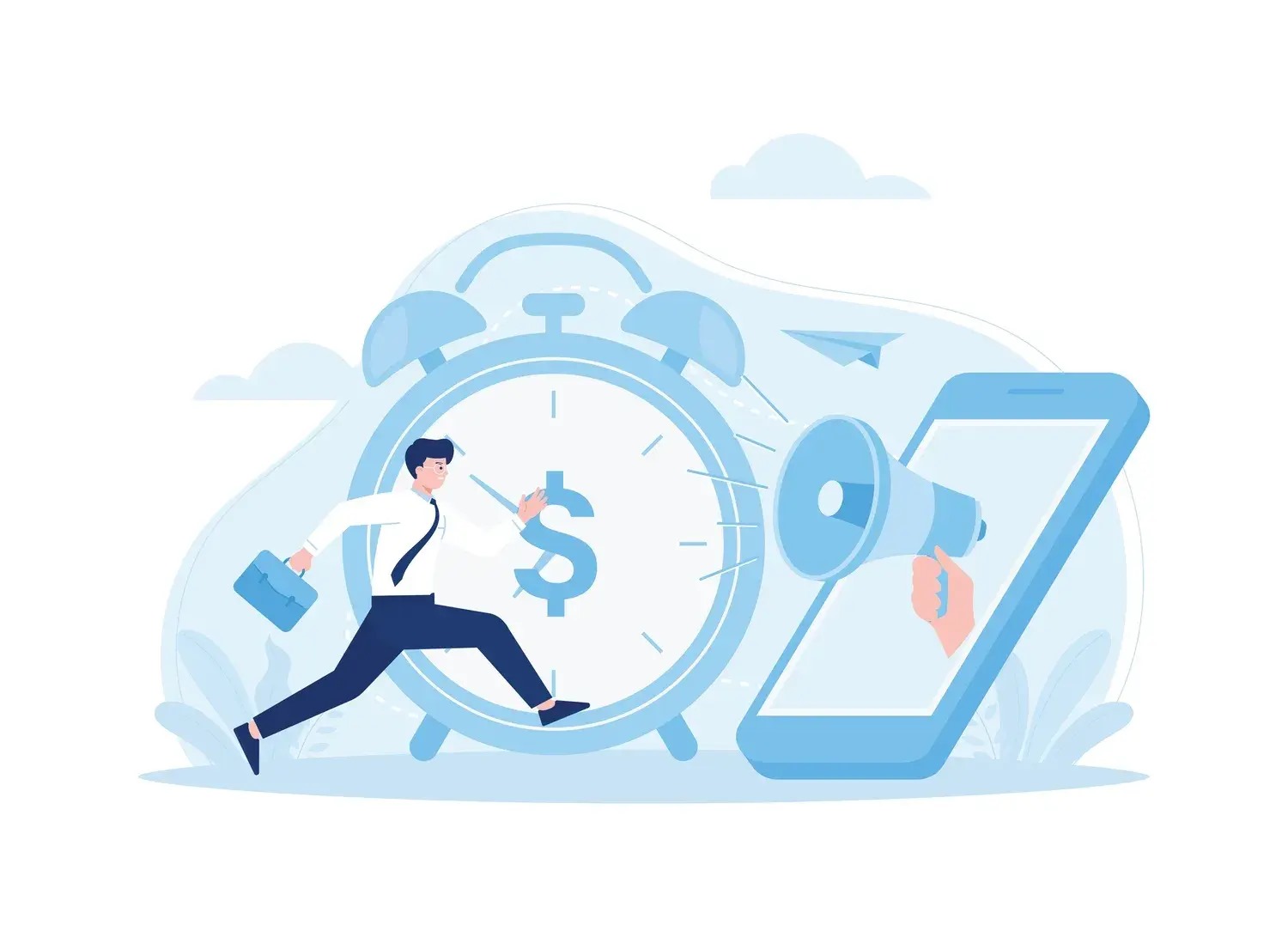How Quickly Should You Contact Inbound Leads? (+Why It's Important)

How quickly should you contact inbound leads? Discover why speed is key in converting leads into customers. With practical tips and insights, we'll show you how to make those crucial early moments count, boosting your sales and outpacing the competition.
Okay, so you're generating inbound leads. How quickly should you contact them? Immediate action is crucial, with data suggesting that leads are 21 times more likely to enter the sales cycle when contacted within five minutes of reaching out.
This guide is your fluff-free pathway to understanding the urgency behind rapid lead response, and it equips you with actionable strategies to make those critical early moments count.
Key Takeaways
- Responding to inbound leads within an hour, and ideally within the first 5 minutes, significantly increases the likelihood of converting leads into customers, as rapid responses can capitalize on the lead’s active interest and improve the odds of making a sale.
- Delayed responses increase the risk of losing potential sales and give competitors the opportunity to respond first, leading to a potential increase in customer churn and missed business opportunities.
- To improve lead response times, use strategies such as optimizing lead management processes, employing technology and automation for speedy follow-ups, prioritizing leads, and ensuring the quality of the response matches the prospect’s expectations.
The Definition of an Inbound Lead
In the digital age, consumers have countless ways to reach out to businesses — via websites, social media, or even direct emails. These consumers or potential customers who express interest in your product or service are what we call inbound leads. In contrast to outbound leads, who are potential customers you reach out to, inbound leads come to you, expressing a pre-existing interest in what you have to offer. This is what makes inbound marketing so effective.
Each inbound lead represents a potential sale, a chance to expand your customer base, and an opportunity to grow your business. But these leads are not just sitting around waiting; they expect prompt responses. In fact, quick and effective inbound lead responses can be the deciding factor in converting these potential leads into actual sales opportunities.
The Critical Importance of Contacting Inbound Leads Fast
Responding swiftly to inbound leads does more than just show courtesy; it can also drive considerable business growth. Have you ever wondered how quickly should you contact inbound leads after their initial contact? The answer is as soon as possible.
The numbers speak for themselves. Studies show that leads quickly lose interest if they do not receive timely responses. Roughly 78% of customers purchase from the company that responds first (check out our lead response time statistics). Imagine that! Being the first to respond can give you a distinct advantage by addressing customer needs first.
However, it’s not only about being the initial responder, but also about the speed of your response. Evidence suggests that contacting a prospect within one hour of their first contact makes you significantly more likely to convert them into a customer compared to a longer delay.
The impact on conversion rates
Rapid responses to inbound leads do not just increase the chances of establishing a connection; they directly affect your conversion rates. According to research, responding to leads within five minutes can increase the odds of establishing a connection by 100 times and is 21 times more effective than calling after 30 minutes.
Why do swift responses have such a significant impact? The answer is straightforward. When potential customers reach out to you, they are actively engaged and interested. Responding quickly capitalizes on this interest, meeting the expectations of most consumers.
Lost opportunities due to slow response times
While prompt responses can greatly enhance conversion rates, the inverse is also accurate. Slow responses can lead to lost opportunities and increased customer churn. In fact, 90% of leads become inactive after 30 days, emphasizing the importance of quick responses. Moreover, slow response times can lead to a 15% increase in customer churn, representing lost business opportunities.